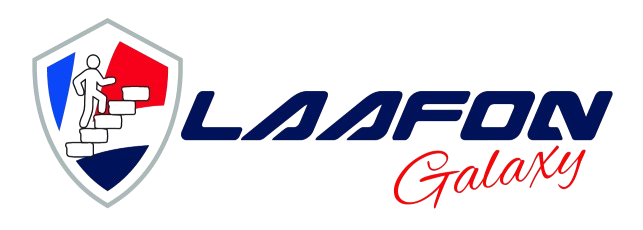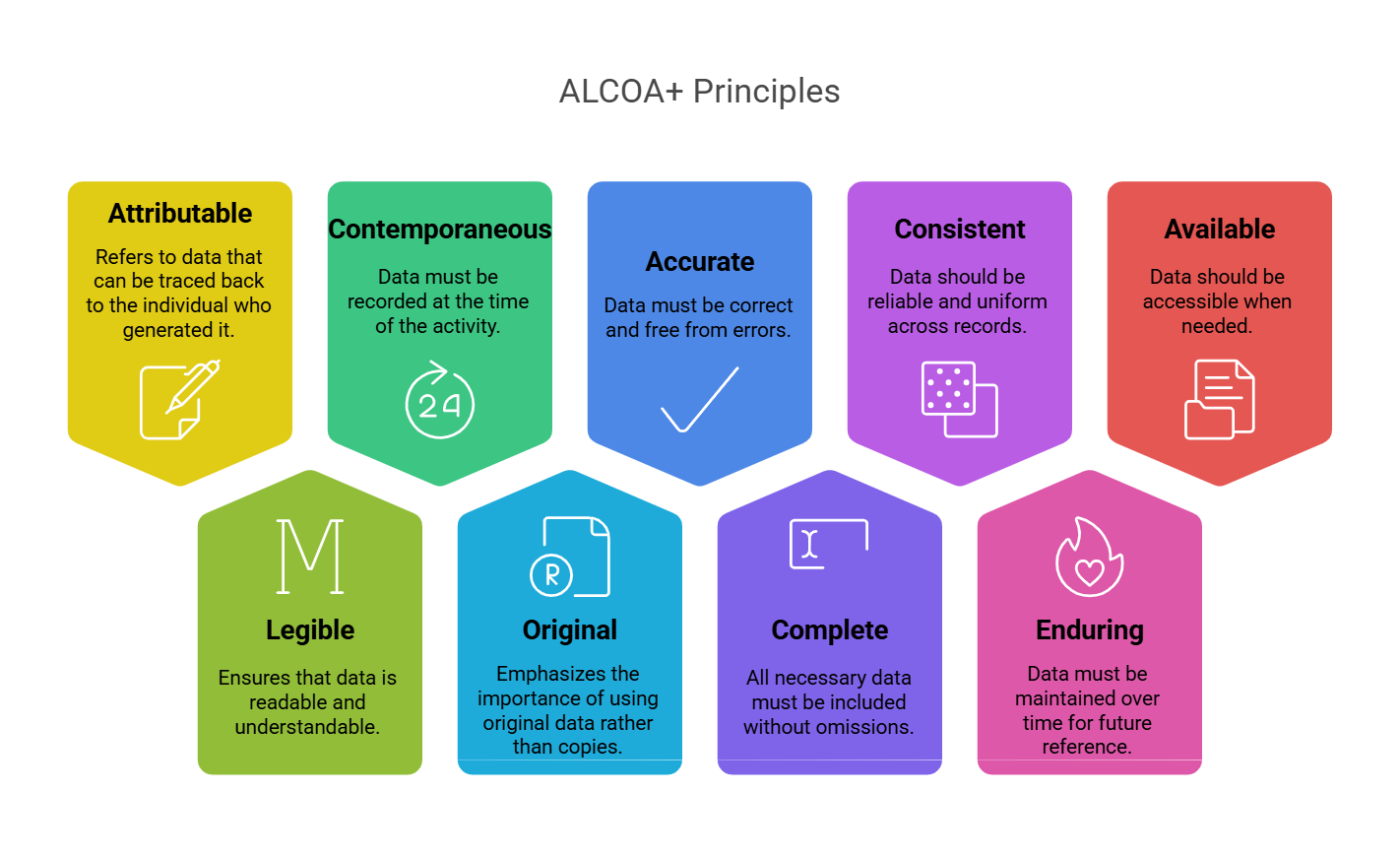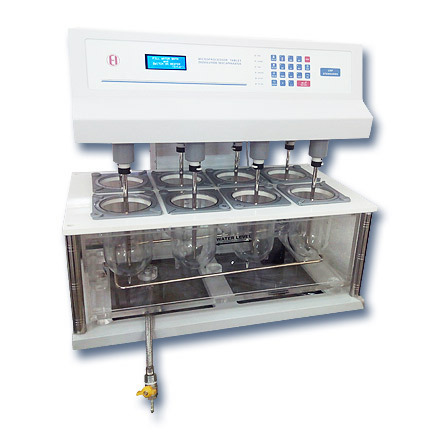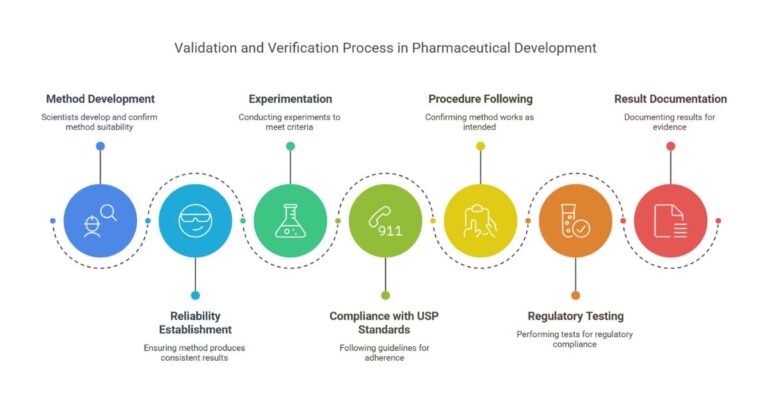Data is the lifeblood of the pharmaceutical industry. From the raw material testing (GLP), through clinical trials (GCP), to manufacturing records (GMP), the integrity of this data directly impacts patient safety, product quality, and public trust. The global regulatory scrutiny on data handling has never been higher, driven by the rapid adoption of digital technologies, AI, and cloud infrastructure.
At the core of all regulatory expectations lies a universally accepted, foundational framework: ALCOA+.
The original ALCOA framework was a cornerstone of GxP compliance, focusing on basic record-keeping principles. Its evolution to ALCOA+ (incorporating Complete, Consistent, Enduring, and Available) and, in some progressive interpretations, ALCOA++ (adding principles like Secure and Timely) reflects the need for a comprehensive system that can address the complexities of modern electronic data and distributed data systems. This post synthesizes best practices from global authorities and industry leaders to provide the definitive, most actionable guide to achieving ALCOA+ compliance.
Mapping the Global Regulatory Landscape
Global regulators have unequivocally adopted the ALCOA+ principles as the benchmark for data integrity programs. While specific guidance documents vary, the core expectation remains consistent across all GxP sectors:
| Regulator | Key Guidance / Requirement | ALCOA+ Focus |
| U.S. FDA | 21 CFR Part 11 (Electronic Records, Electronic Signatures), Data Integrity Guidance for Industry (2018) | Emphasis on Audit Trails (Attributable), Computerized System Validation (Accurate, Original), and access control (Available). |
| EU EMA | Annex 11 (Computerised Systems), Data Integrity Questions and Answers (2016) | Strong focus on system security, data retention (Enduring), and full validation lifecycle. Contemporaneous recording is stressed. |
| WHO | Guidance on Good Data and Record Management Practices | Comprehensive adoption of ALCOA+ principles. Explicitly addresses the criticality of metadata and system design to ensure Completeness and Consistency. |
| PIC/S | Guidance on Good Practices for Data Management and Integrity in Regulated GxP Environments (PI 041) | Promotes a risk-based approach to data governance and explicitly includes the “plus” elements (Complete, Consistent, Enduring, Available). |
Synthesis and Resolution: There is no inconsistency among the top regulators regarding the principles. The difference lies in the emphasis. The FDA often focuses on the transactional aspects (audit trails, signatures), while the EMA and WHO place greater weight on the system-level controls and data governance (security, retention, lifecycle). A robust ALCOA+ program must satisfy both, treating data integrity as a Quality Culture issue, not just a technical one.
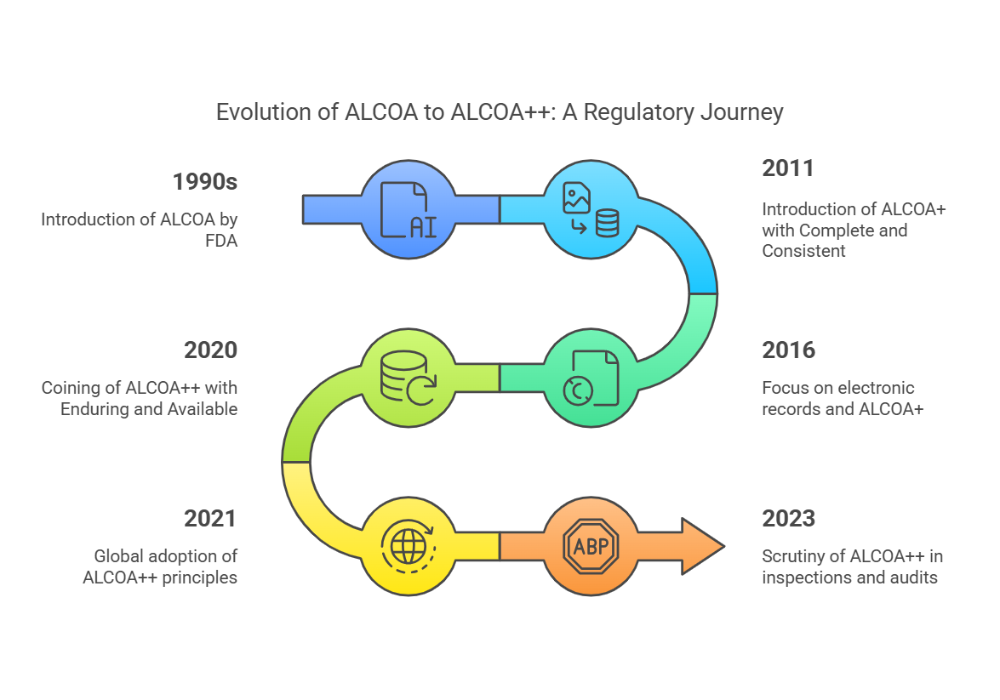
Explaining the ALCOA+ Principles: Core to Cutting-Edge
The nine principles of ALCOA+ provide a framework for establishing data trustworthiness throughout the entire data lifecycle.
| Principle | Core Definition | Modern Regulatory Expectation (2025 Context) | Best Practice & Example |
| Attributable | Who performed an action and when. | Audit trails must be secure, computer-generated, timestamped, and logically linked to the raw data. Attribution must extend to automated actions (e.g., AI models). | Use Unique User IDs and e-signatures (21 CFR Part 11 compliant). Example: A lab technician’s login ID, date, and reason for changing a test result are recorded immutably in the audit trail. |
| Legible | Data must be readable, understandable, and permanent. | Records, whether paper or electronic, must be accessible and decipherable for the entire retention period, including any associated metadata (e.g., instrument settings). | Ensure proper metadata retention and use validated, long-term archival formats (e.g., non-proprietary formats) that can be accessed decades later. |
| Contemporaneous | Data must be recorded at the moment the work is performed. | Real-time data capture is mandatory. Systems must prevent backdating or batch recording (e.g., recording a whole week’s worth of data on Friday). | Implement IIoT/Smart Sensors for automatic, timestamped data logging directly from manufacturing equipment, reducing human transcription errors. |
| Original | The first, true, and definitive record (or a verified true copy). | This is the source document/data, including all associated metadata and audit trails. “Original” often means the validated electronic record. | Establish a clear “System of Record.” Example: The raw chromatogram file, not a printed PDF summary, is the original. All subsequent copies must be formally certified as true copies. |
| Accurate | Data must be correct, reliable, and truthful. | Requires system validation (IQ, OQ, PQ) to prove the system performs as intended. Data processing formulas, calculations, and inputs must be verified. | Double-check and independent verification of critical data. Example: Implementing a two-person review process for complex batch record calculations or critical quality attribute checks. |
| :— | :— | :— | :— |
| Complete (+) | All data, including all test results (good and bad), repetitions, and metadata, must be present. | The most common gap in FDA/EMA Warning Letters. Data must include all intermediate steps, sample preparation, and “re-runs” (and the justification for them). | Prohibit the use of ‘trial injections’ or ‘informal testing.’ Ensure the audit trail captures all system actions, even incomplete runs, guaranteeing a holistic picture. |
| Consistent (+) | Data points must be in sequence, properly formatted, and chronologically correct. | Data entry fields, formats, and time zones must be standardized across all integrated systems. System clocks must be synchronized to a traceable standard. | Standard Operating Procedures (SOPs) must define data formats rigorously. Example: Use ISO 8601 format for all dates and times across all global manufacturing sites. |
| Enduring (+) | Data must exist throughout its entire retention period (and be accessible). | This goes beyond Legibility; it means the system supporting the data must survive. Data must be backed up, protected from deletion/loss, and retrievable. | Implement robust disaster recovery and data migration plans. Utilize cloud storage with immutable ledger technology for tamper-proof long-term archiving. |
| Available (+) | Data must be readily accessible for review, audit, and inspection upon request. | Requires a validated system and clear index/search capabilities. Data should be quickly retrievable in a usable format for regulators. | Validated search and retrieval functionality is essential. Example: An auditor should be able to retrieve a complete batch record from five years ago within minutes, including all associated analytical data and maintenance logs. |
Modern Compliance Scenarios
The rise of Pharma 4.0 necessitates advanced considerations to maintain ALCOA+ in complex digital ecosystems.
Digital Transformation and Electronic Records
Challenge: Integrating diverse systems (LIMS, MES, ERP, QMS) creates data transfer risk. ALCOA+ Solution:
- System Interoperability (Consistency): Implement standardized APIs and data lakes to ensure data format and metadata integrity during transfer. Validation must cover the complete end-to-end data flow.
- Audit Trail Review (Attributable & Contemporaneous): Move from periodic manual review to automated, risk-based audit trail monitoring. Utilize AI/ML algorithms to flag unusual data entry patterns or deletions that may indicate data manipulation.
AI/ML Impact and Data Provenance
The use of Machine Learning (ML) in drug discovery, process optimization, and predictive maintenance introduces new ALCOA+ vectors:
- Attributable to the Model: The decision (e.g., a process adjustment recommendation) must be attributed not only to the human operator who accepted it but also to the specific, validated version of the ML model used, including its training data set.
- Originality of Input Data: Ensure the data used to train and run the model meets all ALCOA+ principles, creating a verifiable Data Provenance Ledger for all AI decisions.
- Legible Interpretation: The output of AI (even a complex neural network) must be made Explainable (XAI) to be Legible and auditable, allowing compliance officers to understand the basis of the decision.
Addressing Current Data Security Risks
The threat of ransomware, phishing, and industrial espionage requires Security (the emerging ALCOA++ ‘S’) to be foundational:
- Enduring Data Protection: Use immutable backups that cannot be altered or deleted by a system-level intrusion. Segregate the backup network from the production network.
- Access Control (Attributable): Implement Zero-Trust architecture, where no user or system is implicitly trusted, and multi-factor authentication (MFA) is mandatory for all GxP systems.
Implementing ALCOA+ in your Organization
Achieving ALCOA+ is 20% technology and 80% culture and process.
1. Cultivating Data Integrity Culture and Training
A weak data integrity culture is the single greatest risk.
- Organizational Alignment: Data integrity is a C-Suite priority, not just an IT or Quality task. Senior management must set a tone from the top emphasizing ethical conduct and data honesty.
- Targeted Training: Move beyond annual refresher courses. Implement role-specific training (e.g., laboratory analysts need training on raw data handling; maintenance engineers on instrument configuration logs). Include training on the consequences of non-compliance.
2. Step-by-Step Implementation and Audit Preparedness
| Phase | Actionable Guidance | ALCOA+ Principle Focus |
| I. Assessment | Conduct a data integrity gap analysis on all GxP systems. Prioritize high-risk, high-impact systems (e.g., release testing, stability studies). | All Principles |
| II. Remediation | Fix the Process, Not Just the System. Eliminate manual transcription steps (Contemporaneous). Implement hard-coded controls (e.g., date/time stamps, locked audit trails) over procedural controls (SOPs). | Contemporaneous, Accurate |
| III. Governance | Establish a Data Governance Committee with cross-functional leadership (IT, Quality, Manufacturing). Define data owners, data stewards, and their responsibilities for ensuring Availability and Enduring retention. | Complete, Consistent, Enduring, Available |
| IV. Audit Preparedness | Conduct mock inspections focusing on data integrity questions. Ensure that all users can explain the system’s data integrity controls and the rationale for their actions (Attributable). | Attributable, Legible, Available |
The Cost of Non-Compliance: Mitigating Risk
Poor data integrity is the root cause of a significant portion of regulatory enforcement actions. The consequences are severe and multifaceted:
- Regulatory Action: The issuance of FDA Warning Letters (Form 483s), Import Alerts, and product seizure. Common citations include “deletion of raw data,” “lack of an adequate audit trail review,” and “uncontrolled access to system time/date settings.”
- Product Recall and Public Safety: Compromised data integrity leads to untrustworthy batch release decisions, potentially resulting in the release of substandard or harmful products and subsequent recalls.
- Reputational and Financial Damage: Loss of consumer and regulator trust, stock price volatility, costly remediation efforts, and the need for third-party consultants to oversee compliance efforts.
ALCOA+ as a Mitigator: A fully implemented ALCOA+ framework acts as a preventative shield. It ensures that every critical decision, from drug discovery to batch release, is supported by a foundation of verifiable, trustworthy, and auditable data, drastically reducing the risk of non-compliance.

Actionable Takeaway: The ALCOA+ Compliance Checklist
Use this checklist as a high-level self-assessment for any GxP process:
| Principle | Checkpoint | Status |
| Attributable | Are all system actions linked to a unique user ID and protected by e-signature? | ☐ |
| Legible | Is the raw data and its metadata readable and accessible for the entire retention period? | ☐ |
| Contemporaneous | Is data captured in real-time by the system, eliminating manual transcription? | ☐ |
| Original | Is the validated electronic record designated as the ‘Original’ and protected from alteration? | ☐ |
| Accurate | Is the system fully validated (IQ/OQ/PQ) and are calculations verified independently? | ☐ |
| Complete (+) | Are all attempts, failures, deletions, and deviations recorded with clear justifications? | ☐ |
| Consistent (+) | Are time zones synchronized, and data formats standardized across all interconnected systems? | ☐ |
| Enduring (+) | Are immutable backups secured, tested, and protected against deletion or cyber threats? | ☐ |
| Available (+) | Can an auditor retrieve a complete, assembled GxP record package within a defined, short timeframe? | ☐ |
Conclusion:
As of today, ALCOA+ is no longer a set of guidelines; it is the mandatory operating system for every pharmaceutical operation seeking to achieve and maintain GxP compliance. The ultimate framework encompasses the basic records (A, L, C, O, A) and the system-level controls (C, C, E, A) required for a digital-first world.
By adopting this integrated, culture-driven, and technology-enabled approach, pharmaceutical professionals can move beyond merely avoiding warning letters to proactively building quality into the data itself. This guide stands as the definitive, most actionable resource for transforming your data integrity program from a regulatory burden into a competitive advantage.
FAQ
What is the main difference between ALCOA and ALCOA+?
ALCOA represents the original five principles (Attributable, Legible, Contemporaneous, Original, Accurate). ALCOA+ expands on this by adding four more (Complete, Consistent, Enduring, Available) to better address the complexities of modern electronic data systems and global regulations.
Source: FDA Data Integrity Guidance (2018).
Which regulatory bodies enforce ALCOA+?
While the term originated with the FDA, the ALCOA+ framework is globally recognized. The FDA (under 21 CFR Part 11), the EMA (in Annex 11), and the WHO (in its Good Data and Record Management Practices) all have guidelines that mandate these principles.
Can ALCOA+ principles apply to paper records?
Absolutely. While ALCOA+ was expanded to address digital records, all nine principles are relevant to paper-based systems. For example, ensuring paper records are “Enduring” means using controlled binders and proper archival storage, not just leaving them in a flimsy folder.
What’s a common mistake companies make with ALCOA+?
A common mistake is focusing only on technology. A company can buy the most expensive, validated software in the world, but if its employees share passwords or are trained to hide mistakes, they will still have data integrity failures. Culture and training are just as important as the system itself.
What is the single most common ALCOA+ gap identified in FDA Warning Letters regarding laboratory data?
The most frequent gap relates to Completeness. This often involves the deletion of “trial injections,” “pre-testing,” or “failed runs” without documentation, or the failure to capture and retain all raw data files and the complete audit trail, thereby hiding the full history of analytical work.
References
- FDA. Data Integrity and Compliance With Drug CGMP: Q&A (Final, Dec 2018). U.S. Food and Drug Administration+2U.S. Food and Drug Administration+2
- EU. Annex 11 – Computerised Systems. Public Health
- EMA. GMP/GDP Q&As; Guideline on Computerised Systems and Electronic Data in Clinical Trials (2023). European Medicines Agency (EMA)+1
- WHO. TRS 1033 Annex 4: Guideline on Data Integrity (2021). WHO
- MHRA. GxP Data Integrity Guidance and Definitions (2018; page updated 2021). GOV.UK+1
- PIC/S. PI 041-1: Guidance on Data Integrity (2021). PicScheme
- Eurotherm ALCOA+ primer. Eurotherm
- Tulip Interfaces ALCOA guide (manufacturing). Tulip
- SCW.ai ALCOA+ guide / Digital Batch Record (features/examples). scw.ai
- Quanticate ALCOA++ (GCP/clinical focus). Quanticate
- ValGenesis best practices; DI by design. valgenesis.com
- OutsourcedPharma “Attributable” series & pitfalls. Outsourced Pharma
- 2025 GMP-compliance.org update noting ALCOA++ and copy definitions in EU context. ECA Academy
